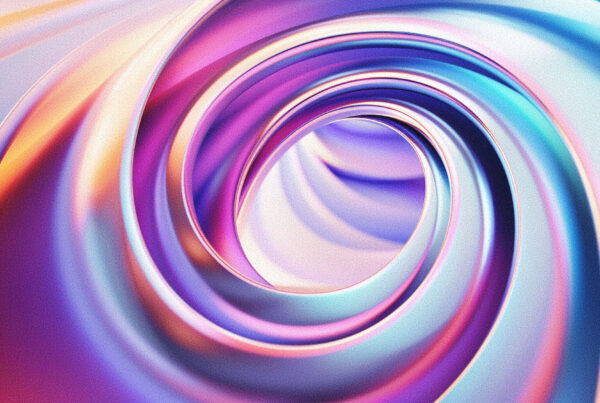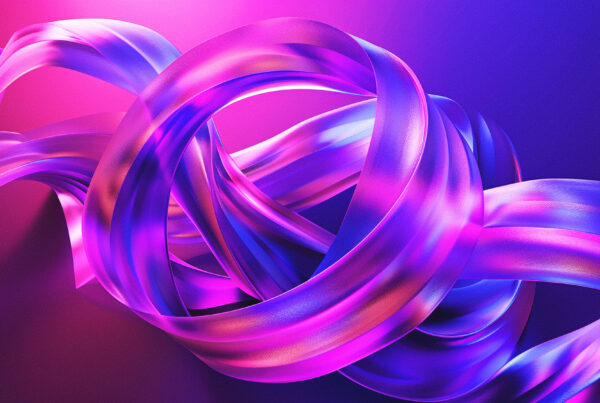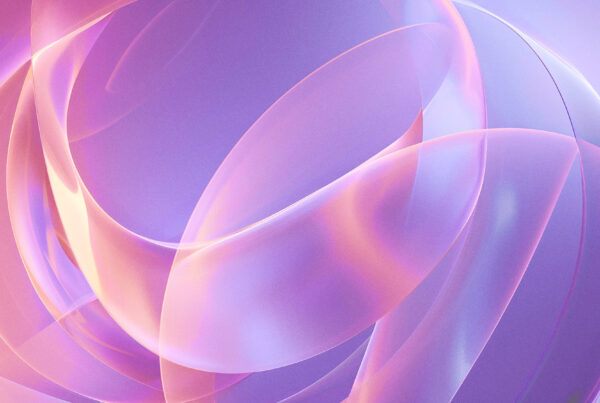Walk into any creative studio or agency and you’ll likely notice a sea of glowing Apple logos. The image of the Mac as the designer’s tool of choice has become almost a cliché—and yet, it persists. While some critics claim the preference is all about aesthetics and branding, the truth is more nuanced. Let’s dissect why designers overwhelmingly choose Macs, separating the superficial from the substantial, and explore the real, workflow-driven reasons these machines have become creative industry standards.
The Perception: Why Designers Gravitate Toward Macs
Step into a design college classroom or a hip co-working space, and it’s clear: Macs rule the creative roost. This dominance is often chalked up to branding. Apple has masterfully positioned itself as the arbiter of style and innovation, embedding their devices deep into the DNA of the creative community. The sleek aluminum chassis, minimalist design, and even the glowing Apple logo have become badges of creative credibility—status symbols that signal taste and professionalism.
Beyond mere aesthetics, the Mac ecosystem has long been associated with creative legends—think Steve Jobs, Dieter Rams, or the teams behind Pixar and major advertising firms. This legacy carries serious weight. For many young designers, using a Mac isn’t just about hardware; it’s about joining a lineage of creative excellence. The emotional resonance is powerful: owning a Mac feels like an initiation into the creative elite, even if the technical differences with PCs are less pronounced than they once were.
However, this perception can be a double-edged sword. Critics argue that the Mac’s popularity among designers is driven by herd mentality rather than logic. It’s easy to dismiss the preference as superficial—a triumph of branding over substance. But to write off the Mac’s dominance in creative circles as merely a fashion statement is to overlook the real, workflow-driven benefits that Apple’s machines offer. There’s more to the story than meets the eye.
Beyond Branding: Uncovering Macs’ Real Workflow Edge
Let’s set aside the cult of cool for a moment and look at what actually happens when designers sit down to work. Macs offer a level of consistency and reliability that’s hard to match. The macOS environment is famously stable, with fewer crashes and system hiccups—crucial when you’re deep in a creative flow and a single glitch could mean hours of lost progress. This reliability isn’t just comforting; it’s a productivity booster.
Another often-overlooked advantage is the seamless integration between hardware and software. Apple controls both, allowing for a level of optimization that most PC manufacturers can’t touch. Features like Retina displays aren’t just pretty—they provide color accuracy and sharpness essential for high-end design work. Trackpads, gestures, and even the keyboard layout are tailored for creative tasks, making the physical act of designing smoother and more intuitive.
Let’s not forget the creative software ecosystem. While Adobe Creative Cloud is cross-platform, many niche or high-end creative tools debut on Mac first, and some—like Sketch or Pixelmator Pro—are Mac-exclusive. Even mundane tasks like font management and color calibration are often more streamlined on macOS. In short, the Mac’s workflow advantages go far beyond branding—they’re baked into the very fabric of the user experience.
Technical Advantages: How Macs Empower Creative Work
When it comes to the nitty-gritty, Macs pack some serious technical muscle tailor-made for creative professionals. Apple Silicon, especially the M1 and M2 chips, have redefined performance benchmarks for tasks like photo editing, 3D modeling, and video rendering. These chips deliver blazing speeds, whisper-quiet operation, and impressive battery life, letting designers work anywhere without compromise. For those pushing the limits of their software, this translates directly into more iterations, quicker exports, and fewer creative bottlenecks.
Color accuracy is another area where Macs shine. Apple’s displays, especially on the MacBook Pro and Studio Display, offer industry-leading color reproduction and wide color gamuts (P3). For designers working on branding, packaging, or digital media, knowing that what you see on your screen is what you’ll get in print or on the web is non-negotiable. PCs may offer high-end monitors, but the out-of-the-box experience on a Mac is hard to beat.
Lastly, security and OS maintenance are quietly critical. Macs are less susceptible to malware and bloatware, meaning fewer interruptions and more uptime for creative work. Updates are straightforward and rarely break mission-critical tools. In contrast, Windows updates can be unpredictable, sometimes rendering essential design software unusable for days. For designers with tight deadlines and demanding clients, these technical advantages aren’t just nice-to-haves—they’re business imperatives.
The verdict? The Mac’s dominance in the design world isn’t just a matter of branding or herd mentality. While Apple’s marketing prowess has certainly played a role, the real reasons are woven into the workflow and technical backbone of the Mac ecosystem. From seamless hardware-software integration and superior color accuracy to rock-solid reliability and cutting-edge performance, Macs empower designers to do their best work with fewer distractions and more creative freedom. In the end, that’s what truly sets them apart—and why, for many designers, the choice is deeper than skin deep.





